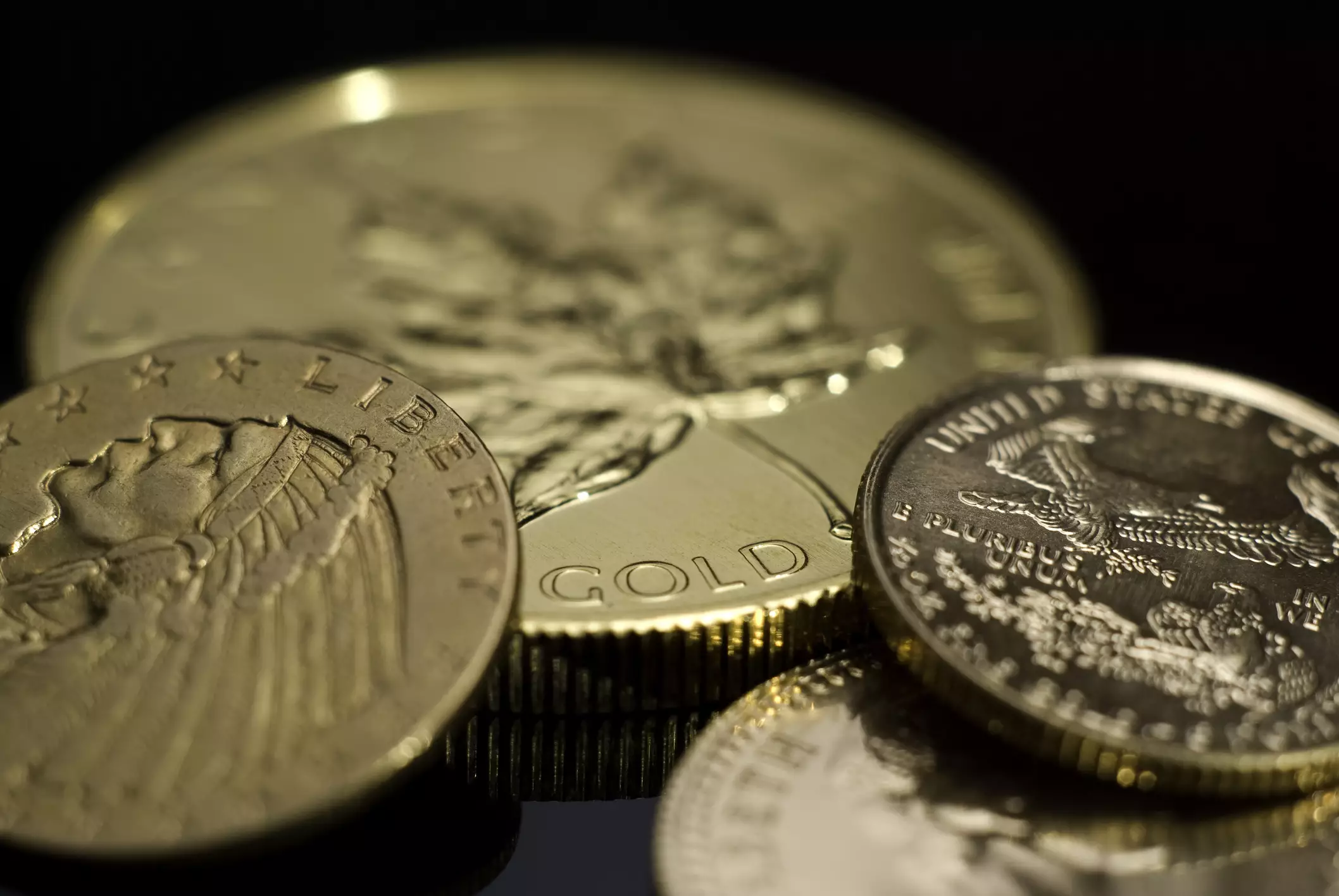The price of gold has recently surged amidst rising geopolitical tensions and shifting economic indicators. In an environment overshadowed by conflicts and uncertainties, gold has reclaimed its position as a safe-haven asset. Factors contributing to this rally include the ongoing Russia-Ukraine conflict, the U.S. Federal Reserve’s monetary policy outlook, and market sentiment regarding international stability.
The re-emergence of geopolitical tensions, particularly the friction in Eastern Europe, has served as a key driver for increased demand in gold. Recent developments in the Russia-Ukraine conflict, especially the U.S. authorization for Ukraine to use advanced missile systems, have intensified fears of broader military escalation. Such developments have historically prompted investors to flock to gold as a safeguard against potential economic and financial crisis.
This classic reaction is not merely a knee-jerk response; it stems from centuries of historic trends where gold has provided security in tumultuous times. As the situation evolves, global markets remain wary of the ramifications, leading to heightened buying interest in gold.
The Federal Reserve’s anticipated stance on interest rates plays a significant role in gold pricing dynamics. Current market sentiment suggests that fewer Fed rate cuts may be anticipated through 2025, which has tended to support the strength of the U.S. dollar. A strong dollar usually inversely affects gold prices as it becomes more expensive for foreign investors. However, this balance is complicated by rising geopolitical risks that favor continued demand for gold.
Compounding this situation, the U.S. economy is experiencing mixed signals. Economic data, crucial for assessing the health of the U.S. market, is sparse, leaving investors with a clouded outlook. The upcoming U.S. economic releases, such as the S&P global PMI report and the Producer Price Index (PPI), will be closely scrutinized for trends that may indicate inflationary pressures or economic expansion.
To understand gold’s long-term trajectory, one must examine historical precedents. Former President Trump’s first term offers valuable insights as gold skyrocketed due to the trade tensions between the U.S. and China, alongside conflicts in the Middle East. During that time, the price of gold appreciated by over 55%. As the geopolitical landscape evolves, parallels are being drawn to that period, resulting in speculations about whether a similar bullish pattern will emerge.
The potential for another U.S.-China trade conflict looms large, intensifying the allure of gold as a protective asset. In this light, the recent predictions from analysts at Goldman Sachs, forecasting all-time high gold prices by the end of 2025, further fortify bullish sentiment.
From a technical perspective, gold has demonstrated remarkable resilience. Despite experiencing bearish momentum in recent weeks and closing below key trendline indicators, it quickly found support and rebounded. This move has prompted discussions about a possible “false breakout,” which suggests that market sentiments are not as fragile as predicted. The current uptick of approximately 2.7%, coupled with a rally toward key resistance levels around 2650, indicates a renewed bullish trajectory.
Investors are currently focused on immediate resistance points at 2639 and 2650. Higher resistance could emerge around 2673. Conversely, support levels appear at 2624 and 2600, providing a buffer against possible downturns. The direction that gold takes in the coming weeks will primarily hinge on the unfolding geopolitical situation and forthcoming economic indicators.
The interplay between geopolitical tensions, economic indicators, and historical context creates a complex tapestry for gold investors to navigate. With the specter of conflict and the unpredictable nature of Federal Reserve policy looming large, the demand for gold is likely to remain substantial. As analysts predict gold may achieve new heights, one must also remain vigilant regarding the risk factors that could influence price movements.
For the moment, gold seems well-positioned to weather the uncertainties of both international relations and domestic economic policy. Whether it continues its ascent or faces headwinds remains to be seen, but one thing is clear: for those seeking a safe haven, gold continues to glitter brightly against the backdrop of world events.

